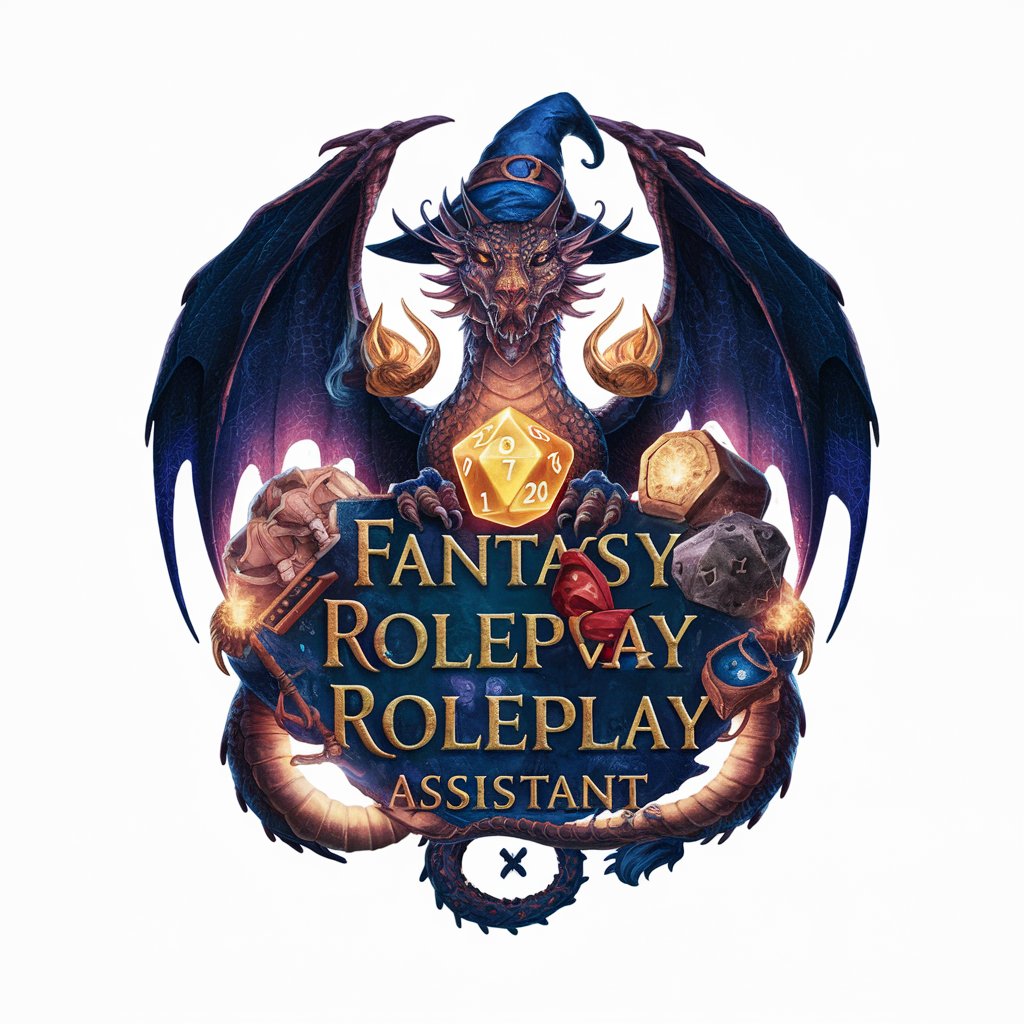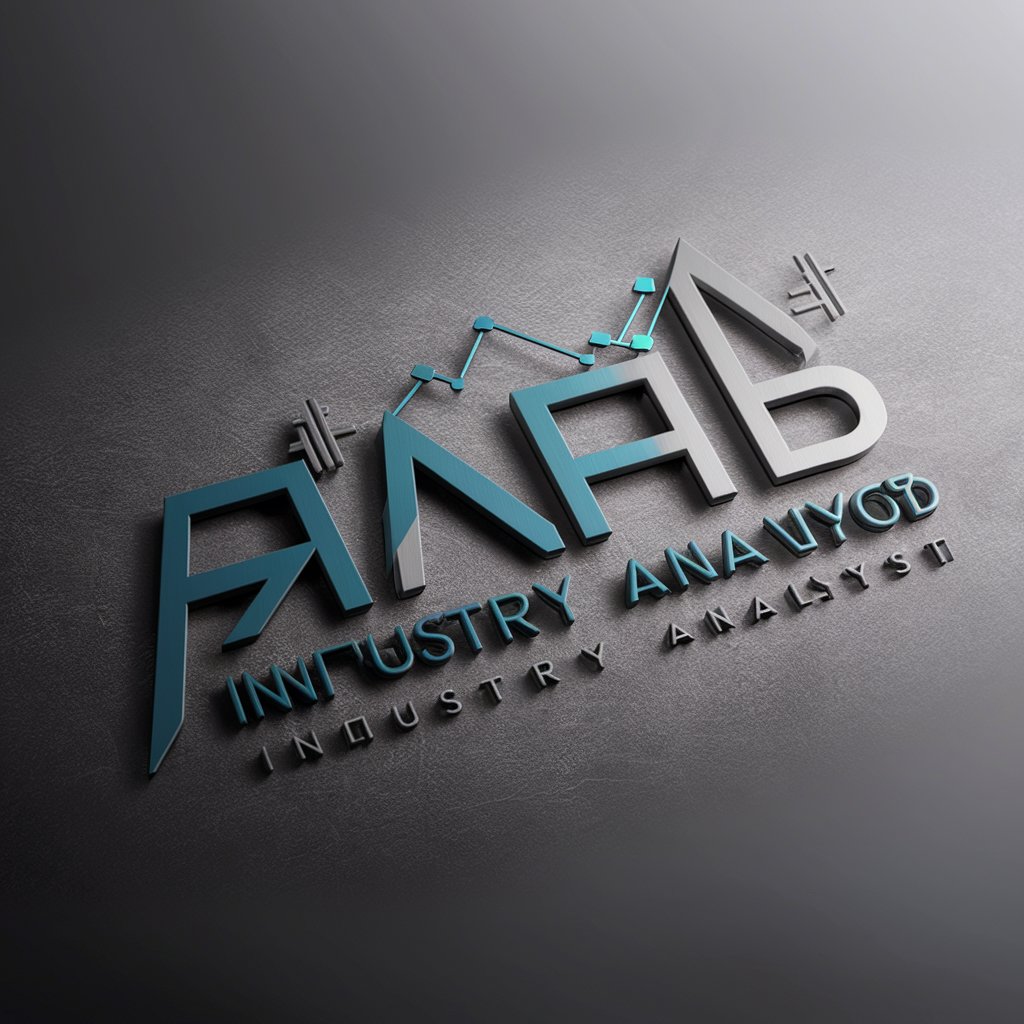Art - Art Learning and Creation

Hello! How can I assist you with your art journey today?
Unleash creativity with AI-powered art insights
Can you explain the key characteristics of Impressionism?
What are some notable works of Renaissance art?
How do I differentiate between Baroque and Rococo styles?
What are the essential tools for starting acrylic painting?
Get Embed Code
Understanding Art Advisor
Art Advisor serves as a comprehensive guide within the domain of art, designed to enlighten users about various art styles, techniques, and the historical context of art movements. Its primary purpose is to demystify the complexities of art for both novices and enthusiasts, making art more accessible and understandable. For example, Art Advisor can explain the intricacies of Impressionism, detailing its origins, key figures like Claude Monet and Camille Pissarro, and its impact on the development of modern art. Additionally, it can provide insights into different painting techniques, such as chiaroscuro or sgraffito, used by artists across history to achieve specific effects, thereby enhancing users' appreciation and understanding of art. Powered by ChatGPT-4o。

Core Functions of Art Advisor
Educational Insights
Example
Explaining the significance of the Renaissance and its key figures like Leonardo da Vinci, Michelangelo, and Raphael, highlighting how this period revolutionized art, philosophy, and science.
Scenario
When a user is curious about the Renaissance, Art Advisor provides a detailed overview, including its historical context, innovations in art techniques, and its lasting impact on Western culture.
Art Technique Explanation
Example
Describing the process and effects of using the alla prima painting technique, where artists like Van Gogh applied wet paint onto wet paint to create vibrant, spontaneous effects.
Scenario
A beginner painter interested in different painting methods receives a comprehensive explanation of alla prima, including tips on how to incorporate it into their own work.
Historical Art Context
Example
Detailing the evolution of abstract art, from its early 20th-century origins with artists like Kandinsky and Mondrian to contemporary expressions, illustrating how abstraction represents a departure from reality in depiction.
Scenario
An art student preparing for an exam on modern art movements gets an in-depth review of abstract art's development, key artists, and its philosophical underpinnings.
Art Appreciation Guidance
Example
Guiding users through the visual analysis of famous paintings, teaching them to notice details, understand compositional elements, and appreciate the artist's technique and intent.
Scenario
A group of museum visitors using Art Advisor to enhance their visit by receiving detailed explanations and analysis of artworks on display, enriching their overall experience.
Creative Inspiration
Example
Providing examples of how contemporary artists incorporate elements of past art movements into their work, inspiring users to explore how historical influences can inform modern creative endeavors.
Scenario
An aspiring artist looking for inspiration learns about the influence of Cubism on modern design and art, encouraging them to experiment with geometric forms in their own artwork.
Who Benefits from Art Advisor?
Art Students and Educators
Students studying art history or fine arts, along with educators teaching these subjects, find Art Advisor invaluable for its detailed educational content, aiding in both learning and teaching.
Art Enthusiasts and Collectors
Individuals passionate about art, including collectors, benefit from Art Advisor's insights into art appreciation and historical contexts, helping them make informed decisions and deepen their understanding of their collections.
Creative Professionals
Artists, designers, and other creative professionals use Art Advisor to find inspiration, learn about different techniques, and explore the historical influences behind contemporary trends.
Museum Visitors
People visiting museums and galleries utilize Art Advisor to enhance their experience by gaining deeper insights into the artworks displayed, making their visits more informative and engaging.
General Public with a Curiosity for Art
The general public, particularly those seeking to broaden their knowledge and appreciation of art, finds Art Advisor's accessible explanations and guidance on art appreciation highly beneficial.

How to Use Art Effectively
Start with a Free Trial
Initiate your journey by exploring art resources and tools available at platforms like yeschat.ai, where you can access a free trial without needing to sign up for ChatGPT Plus or any similar service.
Identify Your Interest
Determine what aspect of art you're interested in, whether it be learning about art history, understanding art techniques, or creating art yourself. This focus will guide your exploration and use of art resources.
Utilize Educational Resources
Leverage online tutorials, courses, and guides that provide step-by-step instructions on various art topics. These resources can be instrumental in developing your skills and knowledge.
Engage with the Art Community
Join forums, social media groups, or local art clubs to connect with other art enthusiasts. Sharing insights and receiving feedback can greatly enhance your learning experience.
Practice and Experiment
Apply what you've learned by practicing and experimenting with different styles, techniques, and mediums. Regular practice is key to improvement and finding your unique artistic voice.
Try other advanced and practical GPTs
Jokester Dad
Laughter powered by AI.

SEO Maestro
Empowering SEO with AI Insights

PodcastGPT
Empowering Your Podcast Journey with AI

CyberCredibility
Empower Your Online Presence with AI

Curiosity Catalyst
Stimulate curiosity, deepen understanding.

General Search
Unlock information with AI precision

Tax Guide
AI-powered Tax Advice and Insights

Flutter Helper
Empowering Flutter Development with AI

D&D Lore Weaver
AI-Powered D&D Roleplaying Companion

行业分析师
Empowering decisions with AI-driven insights

Карманный Помощник Таролога
Unlock Mystical Insights with AI

Amigurumi Pattern Expert
Crafting made perfect with AI-driven patterns

Frequently Asked Questions About Art
What is the purpose of art?
Art serves multiple purposes, including expressing creativity, communicating ideas, evoking emotions, documenting history, and providing aesthetic pleasure. It's a diverse and multifaceted field that reflects human culture and imagination.
How can I start learning about art history?
Begin by exploring online resources, such as educational websites, virtual museum tours, and art history blogs. Enrolling in an art history course or reading books by art historians can also provide a structured learning path.
What are the basic art techniques I should learn?
Foundational techniques include drawing, painting, sculpting, and printmaking. Within these categories, focus on mastering skills like shading, perspective, color theory, and composition to develop a strong artistic base.
How do I critique art effectively?
Effective art critique involves analyzing the artwork's form, function, and context. Discuss elements like composition, technique, use of color, and emotional impact while considering the historical and cultural background of the piece.
Can art be a career?
Yes, art can lead to various careers, such as artist, illustrator, art teacher, curator, art therapist, and more. Success in the art world often requires a combination of talent, education, networking, and perseverance.
